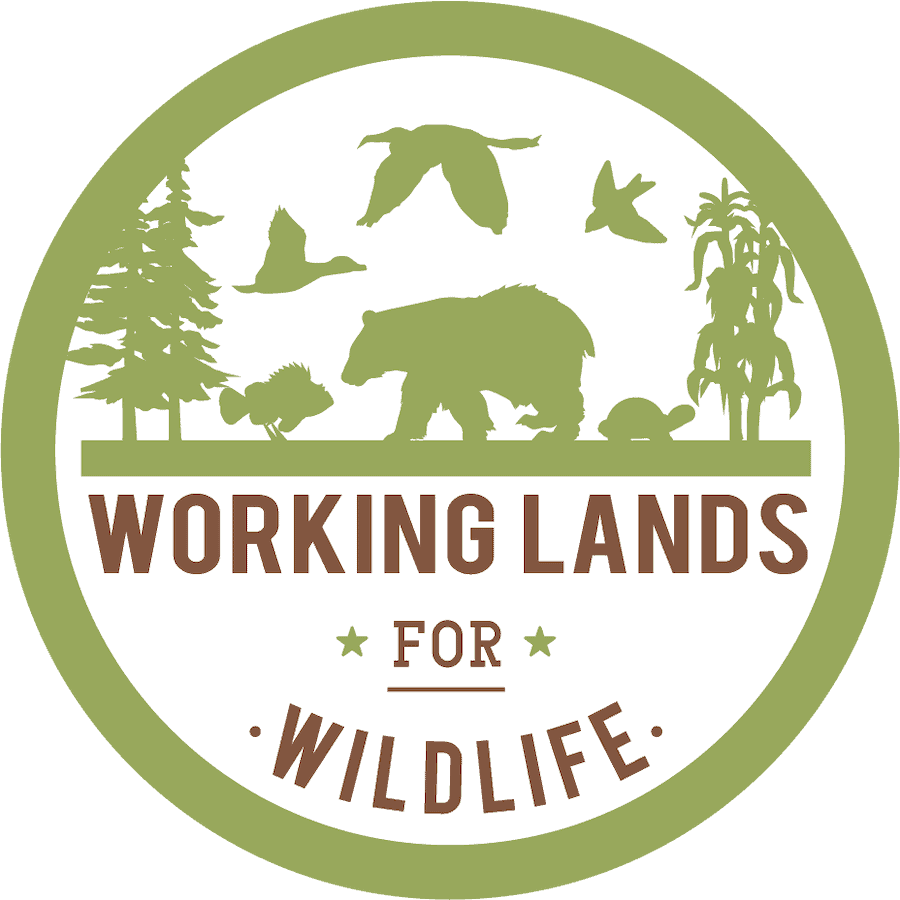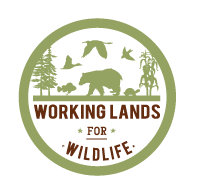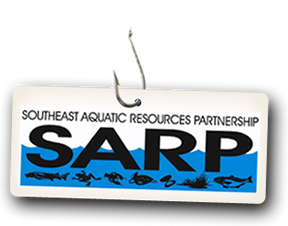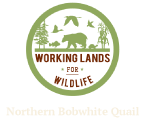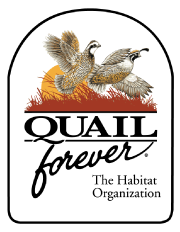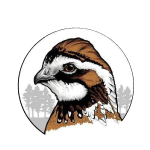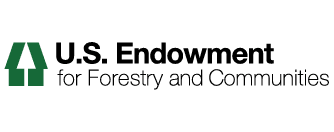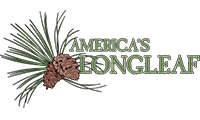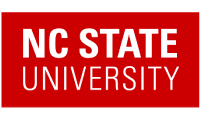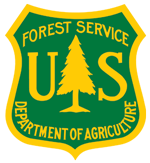Videos and Webinars
Below you can find conservation and working lands videos and webinars developed by our partners. These webinars are meant for a wide range of audiences — from technical experts and practitioners to landowners and the public.
What exactly is the SC Bobwhite Initiative?
SCDNR biologist Breck Carmichael talks about the history of the SCBI, what it does and how it is working to bring back the whistle in South Carolina.
Cost Share Programs for landowners
Creating bobwhite habitat doesn't have to be expensive. SCDNR biologist Andy Krieg explains the ins and outs of a few cost share programs that are available to help you fund improvements on your property.
Supplemental planting for quail
Food plots can be helpful for bobwhites but only if they're done properly. Marion Barnes of Clemson Extension talks about what to plant, where to plant it and when to put it in the ground to get the most benefits.
Use of fire in quail management
Prescribed fire is the most useful tool in a quail manager's toolbox. SCDNR biologist Dan Peeples discusses the ins and outs of burning, how it benefits quail and other wildlife, and how you can learn to burn on your land.
Managing agricultural land for quail
Cropland used to be synonymous with bobwhite whistles in South Carolina. As Ted Rainwater, Quail Forever Farm Bill Biologist, explains, there a many things a landowner can do to modern agriculture to make it more quail-friendly.
Forest Management for bobwhites
Trees play an important role in the well-being of bobwhites. Michael Hook of the SCDNR talks about how to manage forested land for both bobwhites and dollars.
Bobwhite history and biology
Dr. Cory Heaton of Clemson University talks about bobwhite biology and history with a focus on habitat requirements. If you think the bobwhite decline is due to something other than habitat, watch this video.
Forest Innovation Reviews (FIRz) - 2019
The U.S. Endowment for Forestry and Communities hosts the Forest Innovation Reviews to share innovative ideas about forests, forest management, forest products, and forest-rich communities. Features short TED-talk like presentations on topics like blockchain for illegal logging and creating a new wood to replace plastic.
How To Use The LP Expertise Search
This video will introduce you to the Landscape Partnership Expertise Directory. The Expertise Directory is a searchable database that simplifies the process of identifying collaborators for research, funding, and projects. It provides users with access to nonprofit leaders, scientists, academics, conservation agency staff, farmers, and landowners. In this tutorial, you will learn how to: create your profile to showcase your own expertise, use the Profile and Map Search to find contacts for your projects, and export a spreadsheet of your search results.
Lucas Furman: The Longleaf Alliance & SE Fire Map
Lucas Furman is the GIS Coordinator at the Longleaf Alliance; in this role he also serves as a project liaison for the Southeast Fire Map. He shares about the importance of collaboration across stakeholder groups to develop good planning tools and serve all actors in a landscape.
Carol Denhof: The Longleaf Alliance
Carol Denhof, President of the Longleaf Alliance, discusses landscape-level conservation of longleaf pine ecosystems across the Southeast and the role of collaboration between the Alliance, landowners/farmers, NRCS, and others.
Addie Thornton: Southeast Regional Partnership for Planning and Sustainability
Addie Thornton, Project Manager of the Southeast Regional Partnership for Planning and Sustainability (SERPPAS), discusses how diverse stakeholders from the military and conservation space can learn from one another and work together to achieve meaningful outcomes at a landscape level.
Peter Stangel: U.S. Endowment for Forestry and Communities
Peter Stangel, Chief Operating Officer of the U.S. Endowment for Forestry and Communities, discusses the importance of landscape-level conservation and partnerships as well as his vision for future collaboration.
Landscape-scale Conservation Planning
A basic overview of the principles and methods for the Appalachian Landscape Conservation Cooperative, including a discussion on the major goals of landscape conservation.
Pine health issues in the southeastern U.S.
Several biotic and abiotic stressors, including insects, pathogens, and weather, can impact pine growth in the Southeast. Dr. David Coyle (Clemson University) will provide a general overview of identification, impact, and management strategies for pine health in the region.
The 5 Principles of Soil Health
Presented by Tony Richards, a conservation planner in Tremonton, UT.
Voices of African American Forestry
This short video captures the insights and reflections on past and present issues as well as the future aspirations for African American forestry and land retention. Featuring interviews with African American forest owners in the Southeastern Black Belt who are part of the Sustainable Forestry and African American Land Retention Network (SFLR).
America's Forests in South Carolina - Sustainable Forestry and African American Land Retention Network
This episode of America's Forests with Chuck Leavell in South Carolina features African American landowners and foresters and The Sustainable Forestry and African American Land Retention Network, a program of the U.S. Endowment for Forestry and Communities.
Woods for Wildlife: Native Plants of the Longleaf Pine Forest and Active Management of Early Successional Plant Communities
Learn about the high diversity of plant species in the longleaf pine ecosystem and how to actively manage land to preserve this diversity. The presenters discuss how to maximize wildlife management goals through active management of early successional plant communities. Commonly referred to as early successional habitat, these plant communities benefit a vast array of wildlife species including the northern bobwhite quail, monarch butterfly, and red-cockaded woodpecker.
Virtual tour: Native Warm Season Grass Grazing
Join a tour of pasture lands that use native warm season grasses to provide good grazing for livestock and invaluable habitat, food, and shelter for native wildlife. The video highlights the benefits of different native grasses and how quickly these grasses can benefit working lands. Developed and provided by Ohio NRCS, Ohio State University Extension, the Madison Soil and Water Conservation District, and Quail/Pheasants Forever. Released September 2020.

